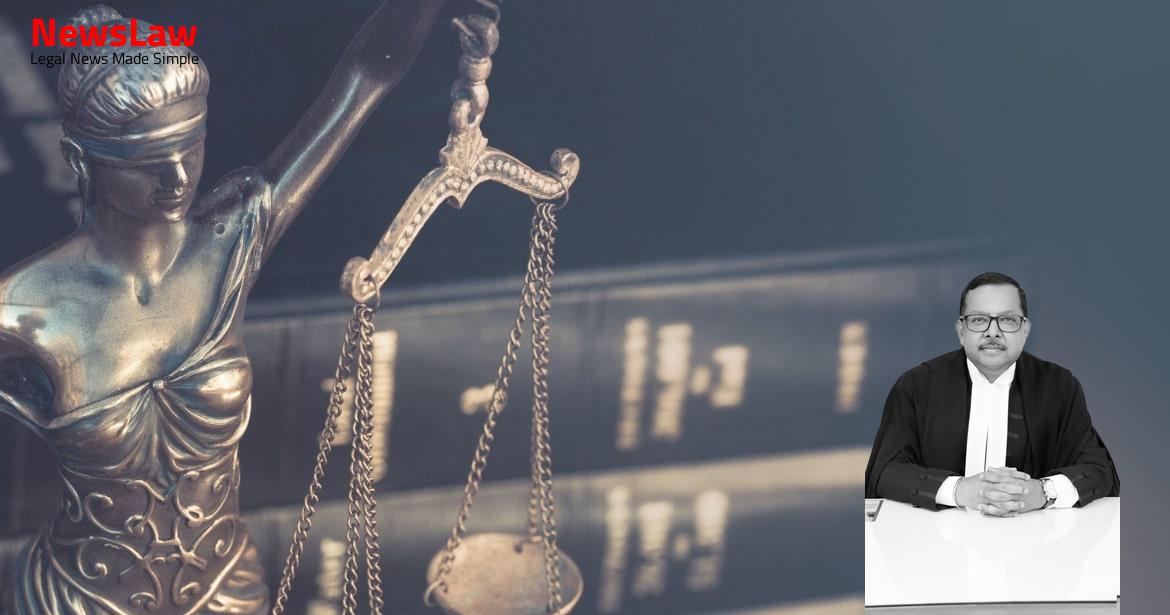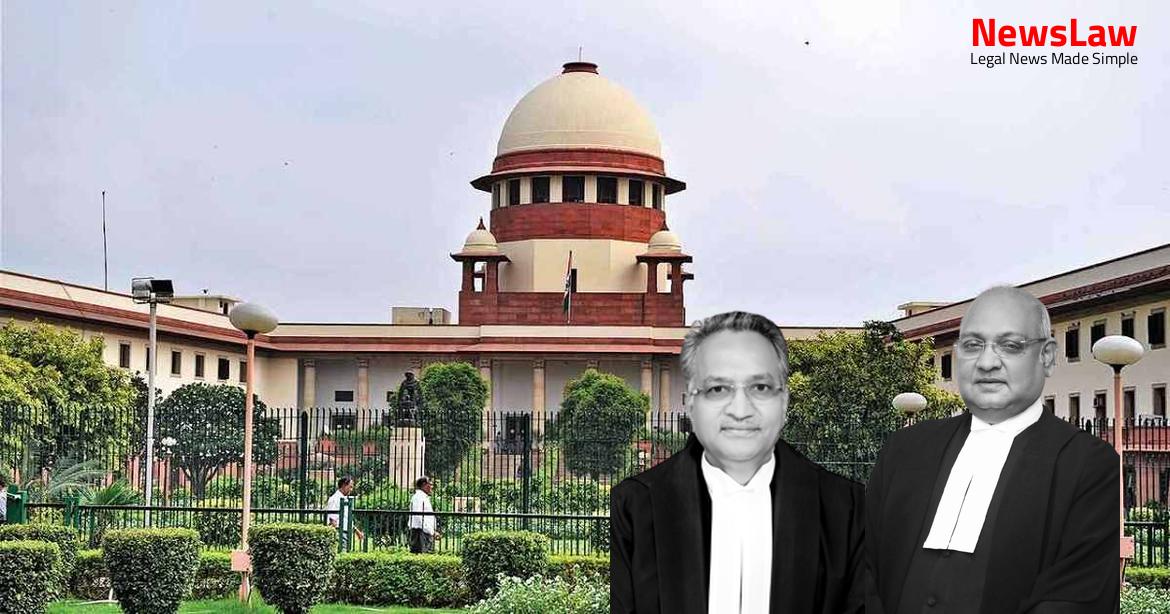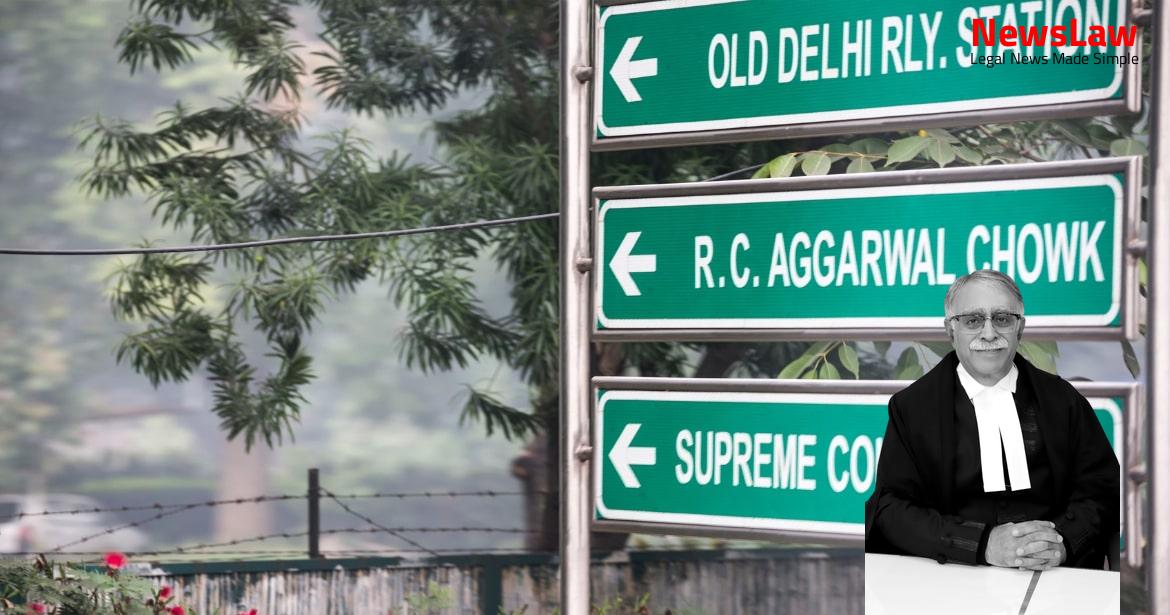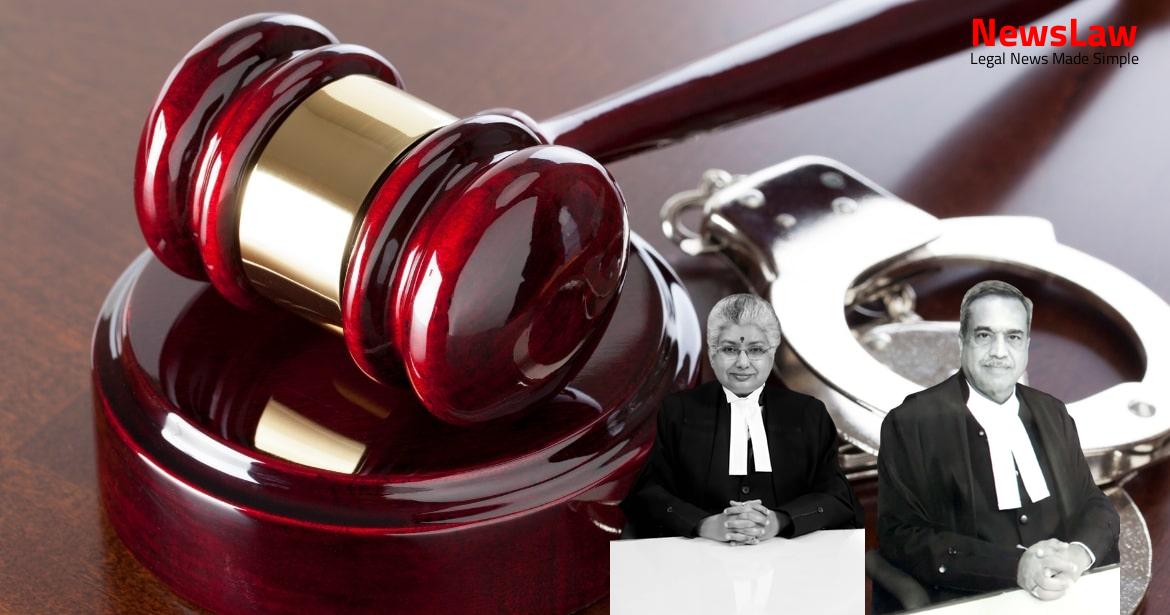Five accused faced trial for the offences punishable under Section 148 of the Indian Penal Code, 1860 (for short, ‘the IPC’), Section 460 read with Section 149 of the IPC and Section 302 read with Section 149 of the IPC. According to the prosecution case, on the intervening night of 3 and 4 July 2003, PW-8 (Khushbir Singh) was sleeping with his parents Pratap Singh and Gurpal Kaur, in their bedroom. The learned counsel submitted that though the two eye-witnesses, PW-8 (Khushbir Singh) and PW-9 (Narinder Kaur), did not know the accused, a test identification parade was not conducted.
Also Read: https://newslaw.in/case-type/criminal/legal-analysis-juvenile-justice-act-and-incarceration-period/
The learned counsel pointed out that the most crucial witnesses, Lovepreet Kaur and Amritpal Kaur, whose respective ages were 17 and 8 years, were not examined. He urged that the failure to hold the test identification parade was not fatal to the prosecution as the testimony of PW-8 and PW-9 was reliable. Section 146 of the IPC provides that whenever force or violence is used by unlawful assembly or by any member thereof in prosecution of the common object of such assembly, every member of the unlawful assembly is guilty of the offence of rioting. Even the conviction for the offences under Sections 460 and 302 with the aid of Section 149 of the IPC cannot be upheld as there was no unlawful assembly.
Perhaps, if the test identification parade is properly conducted and is proved, it gives credence of the identification of the accused by the concerned eyewitnesses before the Court.
Thereafter, he vaguely stated that his parents challenged the accused, but they also caused injuries to them as well. After pointing out to accused no.5 –
Banaras (appellant no.3), she stated that he caused injuries to her husband – Satbir Singh. Thus, PW-9 has not even stated that she had seen any of the accused assaulting the deceased. At the highest, from their evidence, it can be deduced that accused no.3–Bala caused injuries to PW-8, accused no.5–
Also Read: https://newslaw.in/case-type/criminal/consensual-relationship-and-misconception-of-consent/
Banaras assaulted PW-9’s husband and accused no.2 – Kishore assaulted PW-9.
As regards PW-8, PW-1 has not deposed that he suffered any fracture.
In the cross-examination, he stated that the other ornaments were arranged by a goldsmith and were mixed with the ornaments recovered at the instance of the accused.
We set aside the impugned judgment and order dated 27 April 2010 of the High Court of Punjab and Haryana at Chandigarh rendered in the Criminal Appeal no.197-DB of 2009 and the impugned judgment and order passed in SC No.32/T dated 20 February 2004 by the Additional Sessions Judge, Patiala on 12 January 2009 insofar as the present appellants are concerned and acquit them of the charges framed against them.
Also Read: https://newslaw.in/case-type/civil/moratorium-application-in-insolvency-case/
The appeal is, accordingly, allowed.
Case Title: KISHORE Vs. THE STATE OF PUNJAB (2024 INSC 91)
Case Number: Crl.A. No.-001465-001465 / 2011



